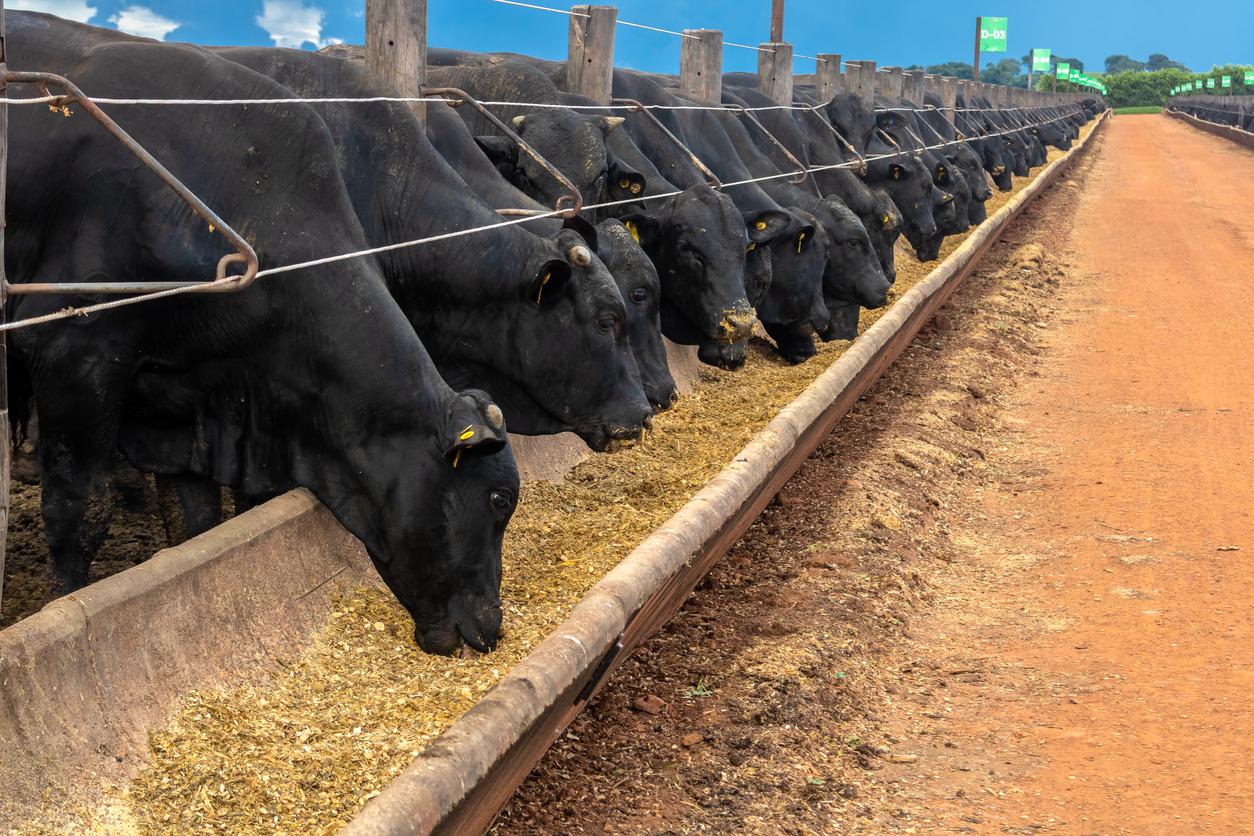In a study billed as the first of its kind, an international team of researchers report that the association between antibiotic consumption and antimicrobial resistance (AMR) in humans and animals is a "two-way street."
The modeling study, published yesterday in the Lancet Planetary Health, used global data on drug-resistant pathogens and human and animal antibiotic consumption to show that in both humans and food-producing animals, unsurprisingly, increased antibiotic use is associated with increased AMR. But the model also estimated that increased antibiotic use by food-producing animals is associated with increased resistance in the bacterial pathogens that infect humans, while increased antibiotic use in humans is linked to increased animal AMR rates.
In addition, the study found that in some parts of the world, socioeconomic factors, such as lack of access to clean water and sanitation, may have more of an influence on AMR than antibiotic consumption.
A bidirectional association
For the study, a team led by researchers from the London School of Hygiene & Tropical Medicine (LSHTM) used a multivariable regression model and country-level AMR data from 2018 from the World Health Organization (WHO), the Pan American Health Organization, and the Center for Disease Dynamics, Economics & Policy to examine the associations between global AMR rates in human and food-producing animals and several independent variables, including antibiotic consumption and sociodemographic, health-related, and environmental risk factors.
AMR in humans and animals is focused on WHO priority pathogens, including carbapenem-resistant Acinetobacter baumannii and Pseudomonas aeruginosa, third-generation cephalosporin-resistant Escherichia coli and Klebsiella pneumoniae, oxacillin-resistant Staphylococcus aureus, and vancomycin-resistant Enterococcus faecium. Animal AMR rates were based on average country-level resistance in cattle, pigs, and chickens.
The raw data showed that the highest rates of AMR for human pathogens were observed in low- and middle-income countries (LMICs) and the lowest in high-income countries (HICs)—a finding that has been observed in previous studies. Conversely, AMR rates in food-producing animals were highest in HICs and lowest in LMICs.
To the best [of] our knowledge, our study is the first to identify these bidirectional animal–human associations globally.
The multivariable regression model showed that for WHO critical priority pathogens, increased human consumption of carbapenem and cephalosporins antibiotics—which are used to treat infections caused by those pathogens—was associated with increased AMR (odds ratio [OR], 1.06; 95% confidence interval [CI], 1.00 to 1.12). The association between human antibiotic consumption and AMR was even greater for WHO high-priority pathogens (OR, 1.22; 95% CI, 1.09 to 1.37). Higher antibiotic consumption in humans was associated with greater resistance for almost every drug-bug combination.
A similar association was observed between antibiotic consumption and AMR in food-producing animals (OR, 1.05; 95% CI, 1.01 to 1.10).
But the model also showed a bidirectional association. Antibiotic consumption in food-producing animals was positively linked with resistance in critical priority pathogens (OR, 1.07; 95% CI, 1.01 to 1.13), while consumption of carbapenems and cephalosporin antibiotics in humans was positively linked with AMR in food-producing animals (OR, 1.05; 95% CI, 1.01 to 1.09).
"To the best [of] our knowledge, our study is the first to identify these bidirectional animal–human associations globally," the study authors wrote. "Retained significance of bidirectionality at this scale, and after adjusting for other covariates, contributes important evidence to the One Health paradigm."
Stronger One Health interventions needed
The model also found that a summary of income inequality called the GINI index was associated with increased resistance in WHO critical-priority pathogens (OR, 1.09; 95% CI, 1.07 to 1.19), while higher mortality rates attributable to unsafe water, hygiene, and sanitation were associated with increased resistance in WHO medium-priority pathogens (OR, 1.17; 95% CI, 1.02 to 1.36).
"Therefore, our models are consistent with previous literature, showing that factors indicative of lower socioeconomic status are associated with higher levels of AMR in humans," the authors wrote. "These associations are probably explained by the uncontrolled dissemination of resistant bacteria that can occur in settings in which sanitation services are inadequate and access to health care is reduced."
At the same time, indicators of more reliable governance, such as regulations on antibiotic use in food-producing animals, were associated with lower AMR.
The authors say these findings, taken together, highlight the fact that while antibiotic consumption is a significant driver of AMR, it's not the only factor. And addressing global AMR will require more than just reducing rates of antibiotic consumption in humans and food-producing animals.
"Designing interventions around this holistic picture of resistance will be essential in tackling what has rapidly become one of the biggest threats to global health," senior author Laith Yakob, DPhil, MSc, of LSHTM, said in a press release. "Going forward, we recommend tighter country policies and regulations on antibiotic use and prescription among animals and humans, as well as improved governance, transparency and accountability, particularly among countries with the highest disease burdens."




















